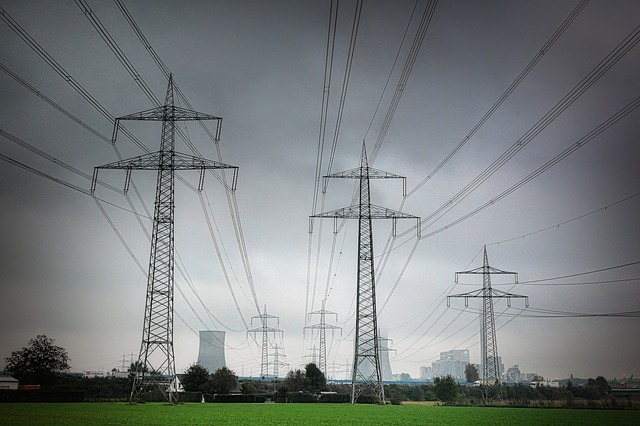Solon calls for unified strategy for electrification to serve 2.12 million unenergized households in the Philippines
- April 17, 2018
- 0

Senator Sherwin Gatchalian during a public hearing yesterday called for the Department of Energy (DOE), National Electrification Agency (NEA), and other DOE attached agencies to develop a unified strategy for the household level electrification of the 2.12 million unserved or underserved households in the Philippines. This is in line with the aim of the Duterte Administration for 100% electrification of the entire Philippine Archipelago by 2022.
Gatchalian stressed that majority of the unserved or underserved households can be found in Mindanao, further saying that “My point of the matter is, the President is from Mindanao, and yung pinaka malaking island na walang kuryente, is in Mindanao, which is actually contradictory of what is presently happening here in our country. The President is from Mindanao, the Administrator of NEA is from Mindanao, all of the top government officials are from Mindanao, and yet 70% of the total 2.12 million households which have no electricity is in Mindanao. The objective really is to energize the entire 2.12 million households. So we have to work double-time to energize those households.”
Director Mario Marasigan of the DOE Energy Power Industry Management Bureau in his report said that based on a 2015 Philippine Statistics Authority (PSA) survey, there are 22,984,971 total number of households in the country, of which 20,936,499 households are already served with electricity, leaving around 2.12 million that are unenergized.
NEA Administrator Edgardo Masongsong on the other hand conveyed that under their jurisdiction, there are a total number of 15,028,900 potential households in the country, and that 9% of this or 2,801,271 households are still left unenergized as of January 31, 2018. Moreover, of the 2.12 million unenergized households, 51% or around 1.4 million households are located in Mindanao.
“The reason why there are underserved areas is that these areas are remote areas or are located in the ‘last mile’ areas, wherein the grid transmission, either through transmission or distribution lines, are not extended. The said areas are served by the centralized electrification system, like diesel, which cannot run 24/7 as it is expensive, while some are served by small solar or renewable energy systems. And these areas are not extended transmission or distribution lines because they are considered as unviable,” said DOE Renewable Energy Management Bureau Director Mylene Copongcol.
Senator Gatchalian mentioned that the DOE already has a list of unserved and underserved areas and that these areas are generally considered as unviable, which means that these can now be offered to QTPs or Qualified Third Parties for them to provide electricity.
Director Marasigan explained however that those areas may encounter problems before a QTP can come in because of franchise issues. And to resolve this, he mentioned a plan to issue a policy direction based on a “deemed waived” concept. This concept will require the DU of the rural cooperative to identify which areas they can and cannot serve, wi
th the latter being tagged as a “deemed waived” area which will then be open to a Competitive Selection Process and offered to QTPs.
When asked how many have already issued their waiver over their area and have had these offered to QTPs, Director Marasigan answered that only a very limited number have done so.
Gatchalian explained the reason for the lack of QTP’s coming
in to provide electricity to these underserved and unserved areas, stating it is because of a franchise issue, and that it is close to impossible for an EC to issue a waiver.
“I don’t think any Electric Cooperative will waive a portion of their territory to reduce their revenue,” Gatchalian said.
“The residents of those areas are suffering. They’re suffering because of no electricity or because no power or whatsoever is going into their homes. So what we want to do right now is eliminate that suffering by energizing those areas by making the private sector the primary option to energize those areas,” he added.
Gatchalian said he wants to pursue that “deemed waived” policy that NEA had already initiated, and that it should be part of the entire strategy of household electrification.
“The sooner we can get a strategy in place, the better for our people. Identify and look for legal basis to do away with the constraints in order to achieve 100% household electrification,” the senator said.